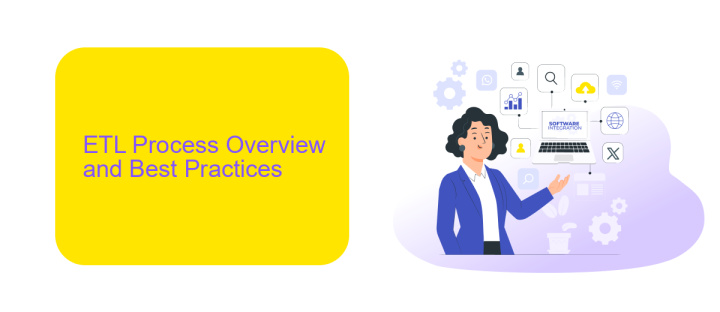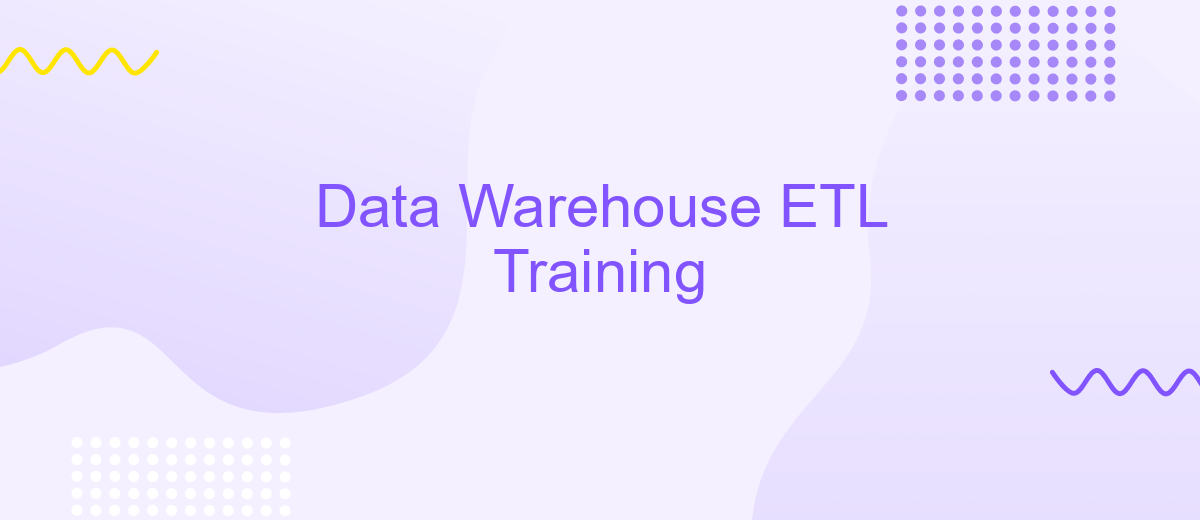Data Warehouse ETL Training
In today's data-driven world, mastering the complexities of Data Warehouse ETL (Extract, Transform, Load) processes is essential for any data professional. This training course offers in-depth knowledge and hands-on experience to help you efficiently manage and optimize data flows, ensuring accurate and timely data integration. Enhance your skills and stay competitive by understanding the core principles and advanced techniques of ETL in data warehousing.
Introduction to Data Warehouses and ETL
Data warehouses are centralized repositories that store integrated data from multiple sources. They are designed to support business intelligence activities, including querying and analysis, by providing a consolidated view of organizational data. The data stored in a warehouse is typically historical, structured, and optimized for read-heavy operations, making it invaluable for decision-making processes.
- Extraction: Gathering data from various sources such as databases, APIs, and flat files.
- Transformation: Cleaning, normalizing, and enriching the extracted data to ensure consistency and quality.
- Loading: Inserting the transformed data into the data warehouse for storage and future analysis.
ETL (Extract, Transform, Load) processes are crucial for maintaining data integrity and usability within a warehouse. Tools like ApiX-Drive can simplify these processes by automating data integration from various sources, ensuring that your data warehouse is always up-to-date and accurate. This automation not only saves time but also reduces the risk of errors, making your data more reliable for business intelligence purposes.
ETL Process Overview and Best Practices

The ETL (Extract, Transform, Load) process is fundamental to building and maintaining a data warehouse. This process involves extracting data from various sources, transforming it into a suitable format, and loading it into a data warehouse for analysis. The extraction phase gathers data from multiple sources such as databases, APIs, and flat files. During the transformation phase, data is cleansed, normalized, and aggregated to ensure consistency and accuracy. Finally, the load phase involves importing the transformed data into the data warehouse, where it becomes available for querying and reporting.
To ensure an efficient ETL process, it is essential to follow best practices. Automating ETL workflows can save time and reduce errors. Tools like ApiX-Drive can facilitate this by providing seamless integration between various data sources and the data warehouse. Regularly monitoring and maintaining ETL processes is crucial to identify and resolve issues promptly. Additionally, implementing data validation rules during the transformation phase can help maintain data integrity. By adhering to these best practices, organizations can ensure their data warehouse remains a reliable source of accurate and timely information.
Data Extraction, Transformation, and Loading Techniques

Data extraction, transformation, and loading (ETL) are critical processes in building a data warehouse. These steps ensure that data from various sources is integrated, cleansed, and made available for analysis and reporting. Efficient ETL processes can significantly impact the performance and reliability of your data warehouse.
- Data Extraction: This step involves retrieving data from different sources, such as databases, APIs, and flat files. Tools like ApiX-Drive can simplify this process by automating data collection from various platforms.
- Data Transformation: Once extracted, the data needs to be cleaned, normalized, and transformed into a consistent format. This can include tasks such as removing duplicates, correcting errors, and aggregating data.
- Data Loading: The final step is loading the transformed data into the data warehouse. This can be done in batches or in real-time, depending on the requirements of the organization.
Using tools like ApiX-Drive can streamline the ETL process, making it easier to integrate data from multiple sources and ensure that it is accurate and up-to-date. By automating these steps, organizations can save time and resources while maintaining high data quality.
ETL Tools and Technologies

ETL (Extract, Transform, Load) processes are fundamental to the efficient functioning of a data warehouse. The choice of ETL tools and technologies can significantly impact the performance and scalability of data integration tasks. Various tools and platforms are available to facilitate ETL processes, each with unique features and capabilities.
Modern ETL tools offer a range of functionalities, from simple data extraction and transformation to complex workflow automation and real-time data integration. These tools help streamline the ETL process, ensuring data accuracy and consistency across different data sources.
- Informatica PowerCenter: Known for its robust data integration capabilities and scalability.
- Talend: An open-source ETL tool that provides extensive data transformation features.
- Microsoft SSIS: A powerful ETL tool integrated with SQL Server for seamless data management.
- ApiX-Drive: A cloud-based service that simplifies the integration of various applications and automates data workflows.
Choosing the right ETL tool depends on specific project requirements, budget constraints, and technical expertise. Tools like ApiX-Drive can be particularly useful for businesses looking to automate and streamline their data integration processes without extensive coding knowledge. By leveraging the right ETL technologies, organizations can ensure efficient data management and gain valuable insights from their data warehouses.
- Automate the work of an online store or landing
- Empower through integration
- Don't spend money on programmers and integrators
- Save time by automating routine tasks
ETL Project Implementation and Management
Implementing an ETL project requires meticulous planning and execution. The first step involves defining the project scope and objectives, ensuring alignment with business needs. This includes identifying data sources, establishing data quality standards, and selecting the appropriate ETL tools. During this phase, it's crucial to design a robust architecture that supports data extraction, transformation, and loading processes efficiently. Collaborative efforts among stakeholders, data engineers, and business analysts are essential to create a comprehensive project plan that addresses potential challenges and sets clear milestones.
Effective management of an ETL project is pivotal for its success. Regular monitoring and maintenance are necessary to ensure data integrity and system performance. Utilizing integration services like ApiX-Drive can streamline the process by automating data transfers between various platforms, reducing manual intervention, and minimizing errors. Continuous testing and validation are required to maintain data accuracy and consistency. Additionally, documenting the ETL processes and maintaining clear communication channels among team members can significantly enhance project transparency and accountability, leading to successful project delivery.
FAQ
What is ETL in the context of Data Warehousing?
Why is ETL important for Data Warehousing?
What are some common challenges in ETL processes?
How can I automate and integrate ETL processes?
What skills are required for ETL development?
Strive to take your business to the next level, achieve your goals faster and more efficiently? Apix-Drive is your reliable assistant for these tasks. An online service and application connector will help you automate key business processes and get rid of the routine. You and your employees will free up time for important core tasks. Try Apix-Drive features for free to see the effectiveness of the online connector for yourself.


